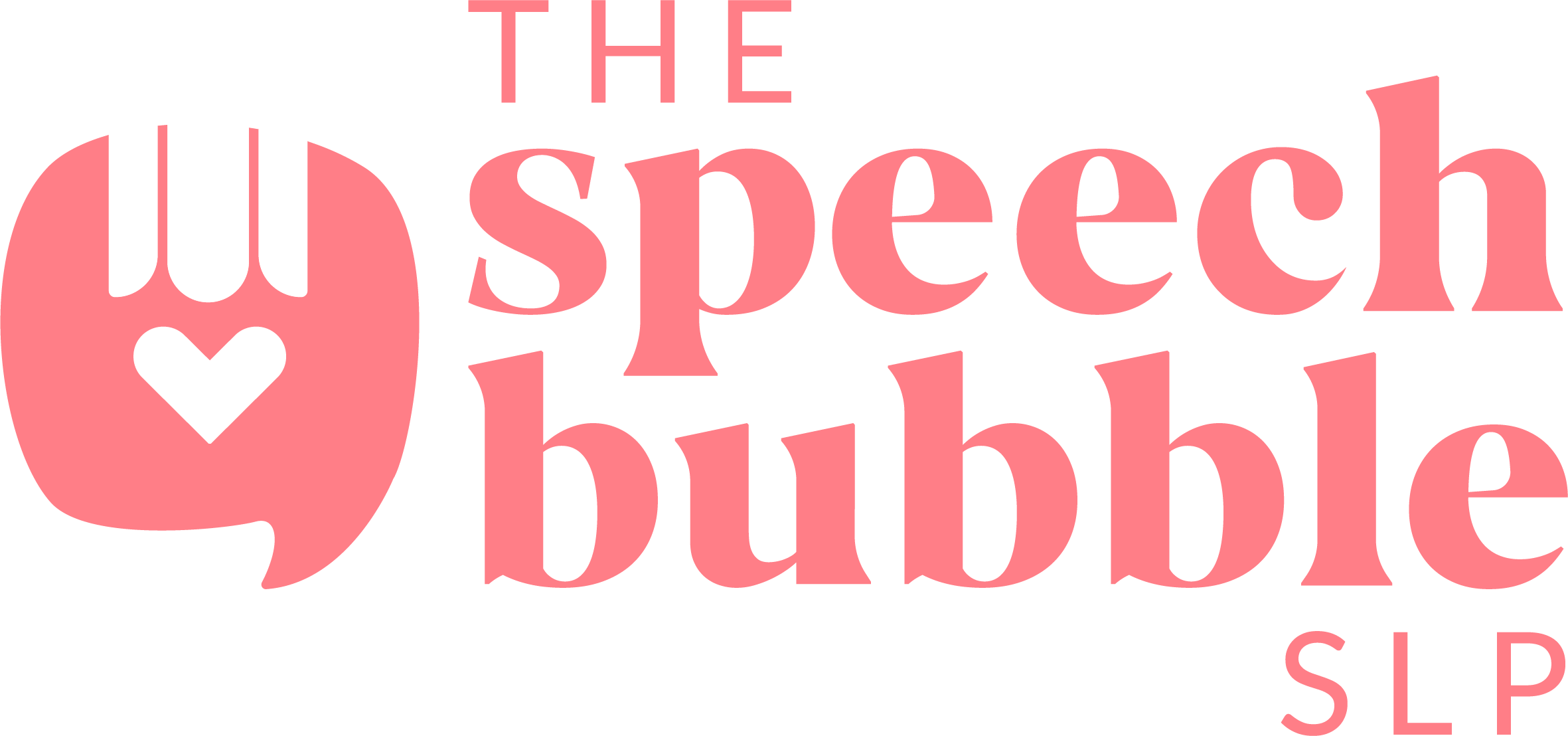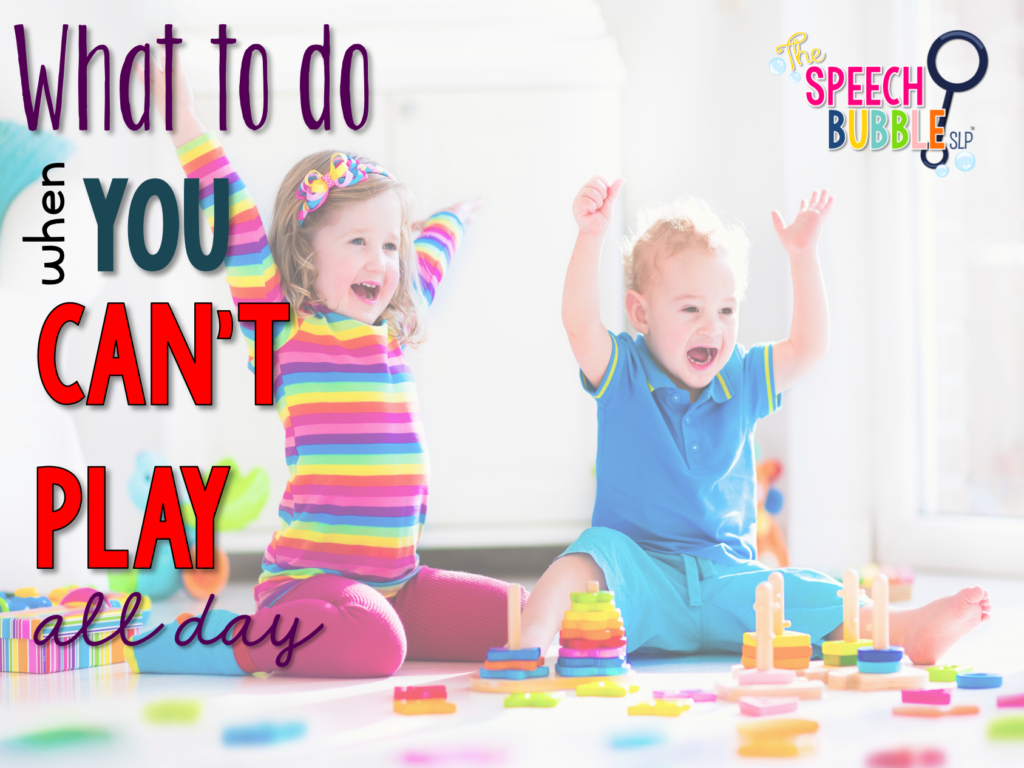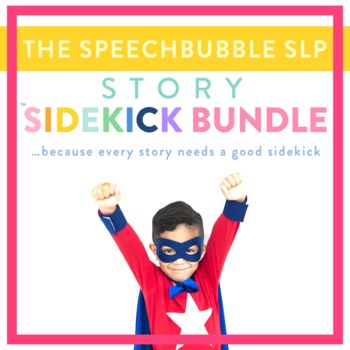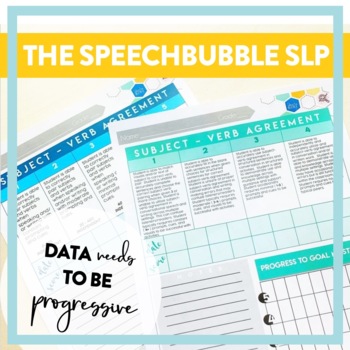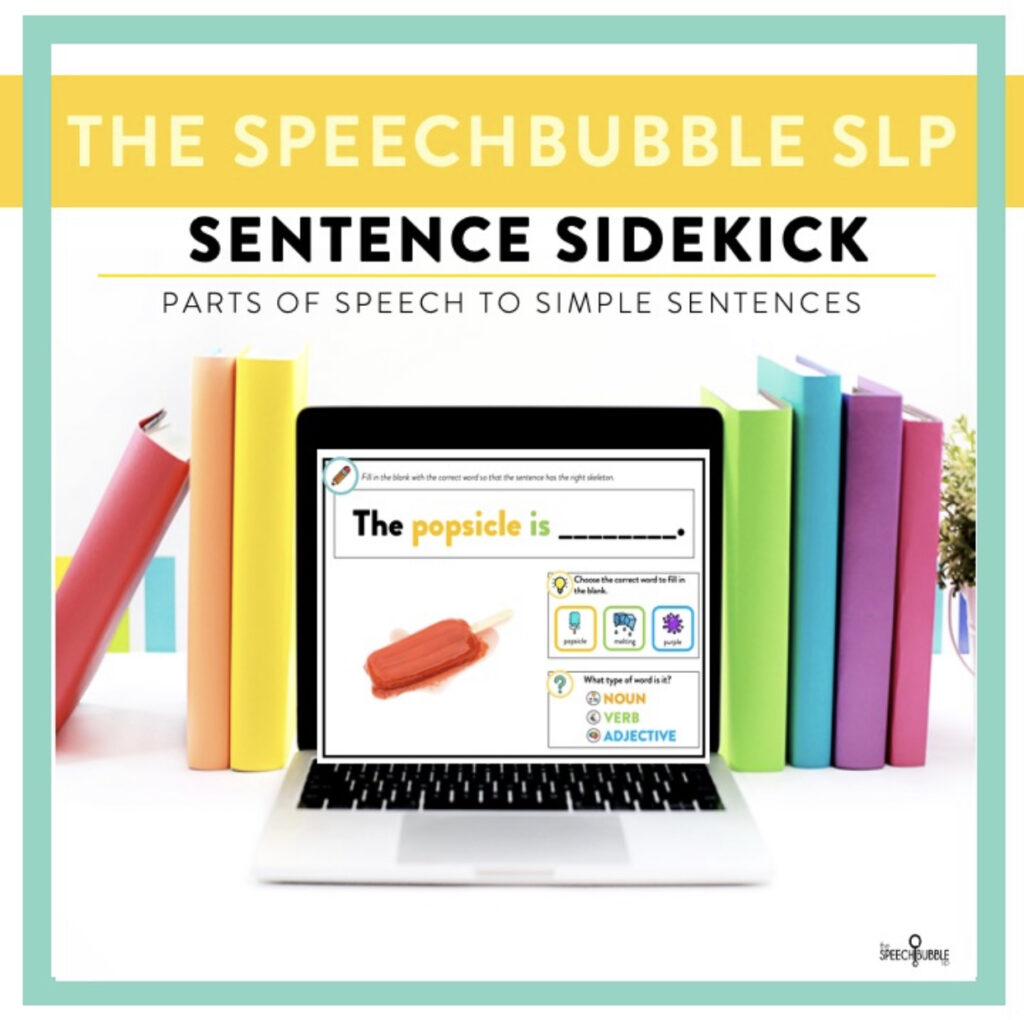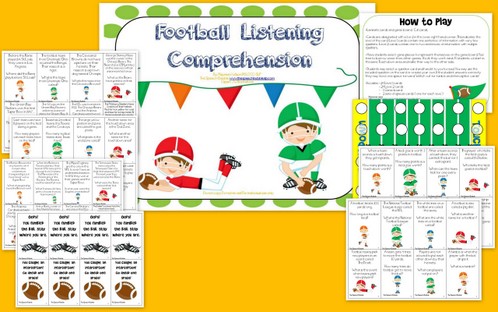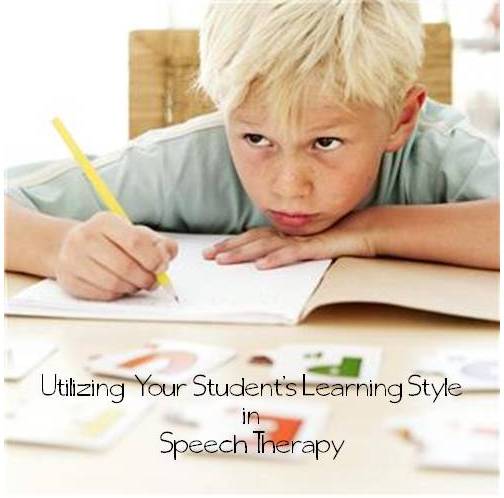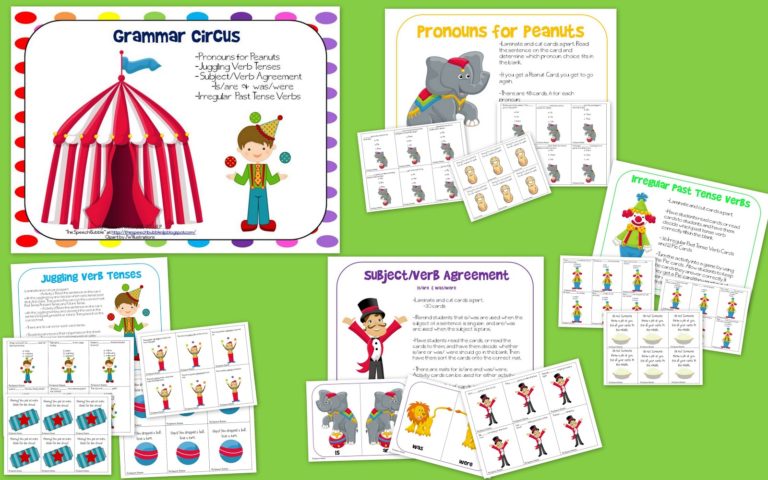Kids going from a pre-k, play based setting to a more academic based therapy setting can have a hard time and rough start to therapy. They come in expecting to play with a kitchen set or toys and then you have them sit at a table. Now, even though we do some crafts and use fun games it’s not the same as a true play-based setting. So what can we do to ease this transition, reduce behaviors, and the amount of time kids may use begging for games, tantrums, or the good ole’ silent treatment.

Start slow. Remember these are small children and transition can be hard. They may be in a new building, with new people, have new routines, etc. They hear ‘Speech’ and think something familiar, but then find out that it’s different too. Depending on the kid, he/she may be fine with doing more structured tasks right away but others may not. Start with bringing out the hand fidgets, balls, small toys, and/or play dough in a small box or tray. Start your session with a minute or two of ‘play’ then get down to business. You can also let them know if they work hard they can have a few minutes of ‘play’ at the end.
In the spirit of full disclosure, I tried this in the past and thought it would be so great. My kids would play and work, and then happily play at the end. Nope, I was wrong! My kiddo was so fixated on the fun little box of goodies I had started our session with that he decided to whine and not participate until he could play with the box again because working on /th/ just was not that entertaining ( try as I might ). I ended up having to chunk out our sessions with a timer to earn ‘playdough time’ and work up until he acclimated to our routine. We started with 5 minutes of work for two minutes of play dough. The work time got longer and longer and eventually we just had play dough to start the session, then every other session, etc.
This means sometimes taking data is tough. You may need to use rubrics at first to get some data because of how your sessions are modified and making tallies or check marks just isn’t working. As time goes on you should be able to go back to you’re normal methods. It is also important to get as much work into your ‘work time’ as possible, so don’t be worried if your just doing drill type of activities, after all, they are getting a reward in a few minutes.
Now I know this seems a bit crazy but trust me. If you can help them get accustomed to the new environment and routine sooner, you will find that you spend time more working on goals instead of fighting behavior battles that could have been avoided and watching therapy minutes tick away.

